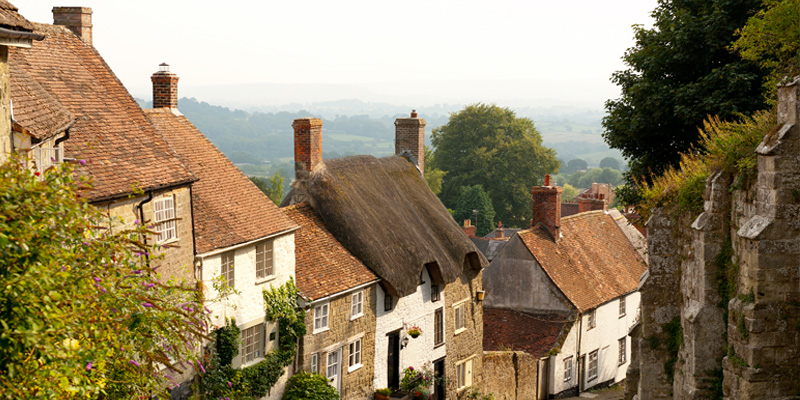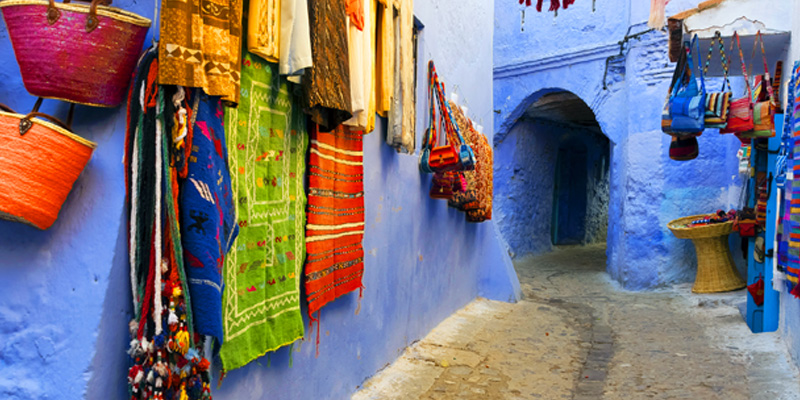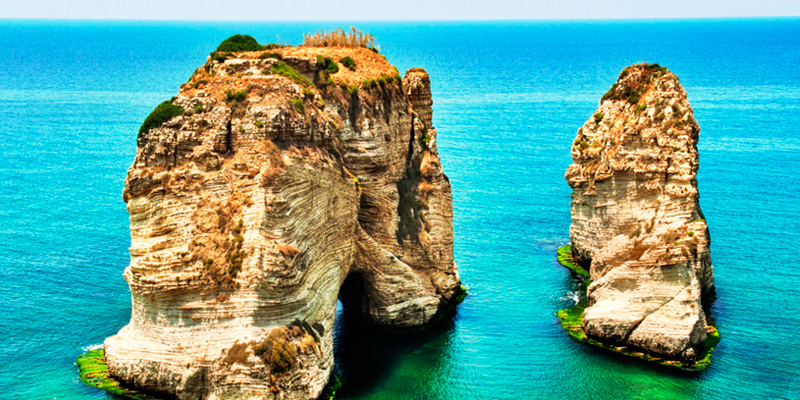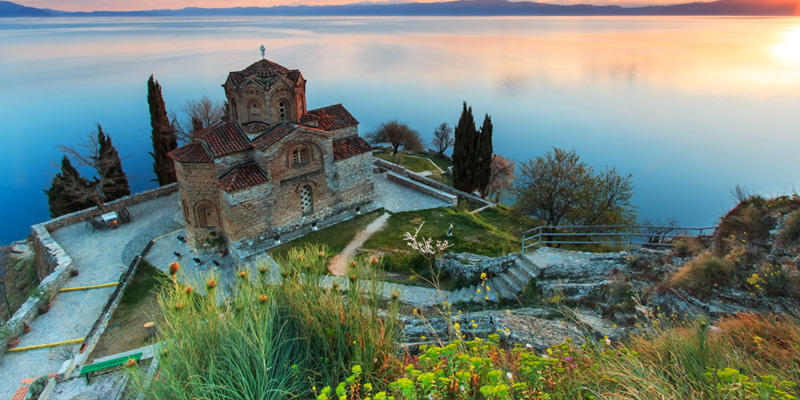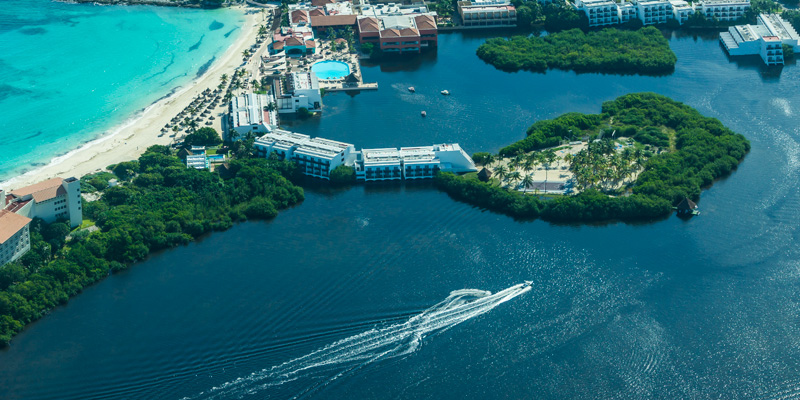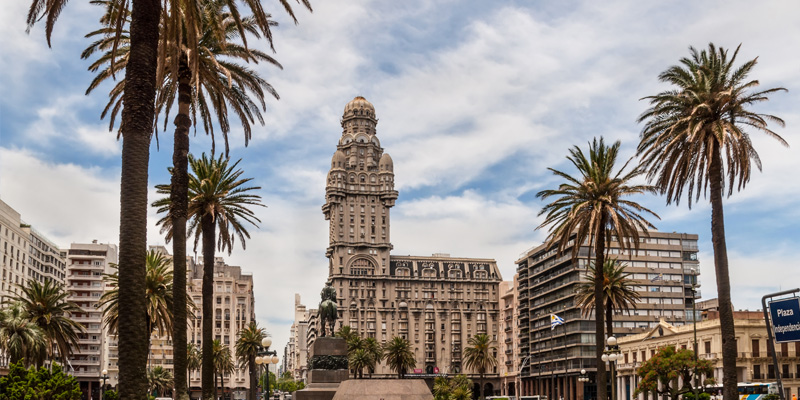
The wine world landscape is pretty well laid out at this point: There’s the Old World and the New World, and while new wineries are popping up daily, the countries from which quality wines come are well established. Sure, there are esoteric winemaking countries like Slovenia and Croatia thrown in there, thanks to a new crop of young, hipster somms, but there aren’t any new winemaking countries just popping up out of nowhere, right? Wrong.
Just when you thought there were no new wine countries to discover, influences such as climate change, new energy and investments, and changing political conditions are throwing new regions into the mix. From the Middle East to Africa to South America, these seven unexpected winemaking countries are just a few offering new discoveries to spice up your wine drinking. And best of all, you’ll seem seriously wine-savvy when you bring a bottle to the next wine and cheese night. Feel free to take all of the credit — we won’t tell.
England
For those who need proof that climate change exists, look to the winemaking culture of England. While rising temperatures are cause for concern about the future viability of the world’s classic wine regions, climate change has actually allowed areas previously inhospitable to vine growing to become regions with winemaking potential. Previously too cold to grow quality wine grapes, England is now an emerging producer of quality sparkling wine, with over 450 vineyards in the southern part of the country.
The country’s cool climate gives traditional-method sparklers from Chardonnay, Pinot Noir, and Pinot Meunier the highest potential here – two-thirds of all English wine is sparkling – and the resulting wines bear a remarkable similarity to those of Champagne. In fact, the geological basin that gives Champagne its characteristic chalky soil also runs through the southern part of England, which may contribute some of that distinct Champagne-like minerality to English wines. Currently Ridgeview, located in Sussex, is the only producer available in the U.S., and the quality of its cuvees has set a high standard for other producers to follow.
Morocco
While most wouldn’t expect quality wine to come from North Africa, remember that a mere eight miles of water separates the southern winemaking regions of Spain from these northern African countries. While Algeria leads the pack in overall wine quality, Morocco by far has the greatest potential for quality winemaking due to its high mountains and cooling influence of the Atlantic. Formerly occupied by the French, Morocco has a fairly long history of winemaking, but with most of the country’s vineyards having been ripped out after the 1950s, it is only in the past 25 years that vintners have begun to replant grape vines. Morocco’s winemaking regions are located near the coast, where this maritime influence is most significantly felt, and one of the most promising regions, Meknes (near Fez) is actually midway between the mountains and the Atlantic Coast, moderating temperatures with cool ocean breezes.
That’s not to say that this is cool-climate winemaking, however; temperatures can reach over 100 degrees in the summer, so hardy red grapes found in southern Spain and France such as Carignan, Cinsault, and Grenache work best with this climate, making powerful, fruit-forward wines. International varieties like Syrah, Cabernet Sauvignon, and Merlot are also grown, as well as tiny amounts of the white grapes Chenin Blanc, Muscat, Clairette, Sauvignon Blanc, and Chardonnay. While winemakers in Morocco have a fair amount of European influence, they also have traditions that are inherently Moroccan; at the winery Ouleb Thaleb, established nearly 100 years ago, the vineyards are tilled not with horses, but with camels!
Lebanon
Not only is there quality wine coming out of the Middle East, but some of Lebanon’s most famed bottles fetch prices as high as premier cru Burgundy. An important area for wine in ancient times, as the Middle East was a passageway for the Phoenecians traveling from Egypt to southern Europe and back, Lebanon has been home to modern wineries since 1857, when the Jesuits founded Chateau Ksara to produce wine for religious ceremonies (and probably for recreational drinking, too). However, it’s only recently that the Lebanese wine industry has started expanding; while there are only around 35 wineries today, that number has more than tripled since the end of the 20th century. A few historical producers (Chateau Ksara one of them) have paved the way for new investment in the country’s winemaking, the most important being the beloved Chateau Musar.
While much of Lebanon’s coastline is flat, the inland Bekaa Valley sits atop a plateau at more than 3,800 feet above sea level, the elevation and abundance of water from nearby mountain slopes making it the country’s most important region.Wine is primarily produced from southern French grapes such as Grenache, Syrah, Carignan, and Mourvedre, as well as international varieties like Cabernet Sauvignon, Merlot, and Chardonnay, but two local grapes can also be found in vineyards: Merweh and Obeideh. If you’ve had Lebanese wine in the past, it is highly probable that it was from the aforementioned Chateau Musar, a favorite among U.S. sommeliers that, for many years, was better known in foreign markets than at home. These non-interventionist wines fetch fairly high prices but are well worth it, the red made in a Bordeaux style but with riper fruit, and the white a charming oddity that gains complexity with age. Massaya is also a good, value-oriented producer to seek out.
Republic of Macedonia
The Republic of Macedonia — not to be confused with the region of Macedonia in northern Greece — is still struggling to find its winemaking identity after gaining independence in 1991. Unlike Slovenia and Croatia, which were also part of the former Yugoslavia and have emerged as up-and-coming winemaking countries in the past five to 10 years, the Republic of Macedonia is just now starting to garner attention for its wine, partially due to new investments in the country. The landlocked country has the benefit of abundant sunshine, both Mediterranean and continental breezes, and rocky soil, so most families make some sort of wine at home (of varying quality, of course).
The most important region of the Republic of Macedonia is Povardarje, which is located centrally around the country’s capital, and while international grapes are grown, the country has adopted the red Vranec as its signature grape. Vranec, which is also found in neighboring Montenegro, Serbia, and Croatia, is like a cross between Nebbiolo and Zinfandel: powerful and intensely colored, with smack-you-in-the-face tannins, but married with quite a bit of plush black fruit. As the Republic of Macedonia continues to find its style, winemakers have a tendency to heavily oak their Vranec wines, creating a more “international” style, but the potential of the grape is huge. It’s worth checking out the Republic of Macedonia’s wines while they’re still fairly unknown and watching them evolve vintage by vintage.
Mexico
Fans of West Coast wine regions in the U.S. shouldn’t stop their wine tasting tour as they cross over the border into Mexico; whispers hint that quality winemaking is gaining traction in the Baja Peninsula. In several valleys, particularly the Valle de Guadalupe, proximity to the Pacific allows for temperatures to cool at night, causing winemakers to be able to focus on growing Bordeaux and Rhône varieties, as well as Tempranillo, Nebbiolo, Zinfandel, and Chardonnay. The modern industry is still fairly young, and most Mexican wines found in the U.S. tend to be from large, bulk- wine producers, but climactic conditions and enthusiasm among young winemakers points to an exciting future for wines from Mexico. Enotourism is also making strides in Mexico, with many wineries opening tasting rooms and boutique hotels. Seek out wines from Casa de Piedra and Viñas de Garza.
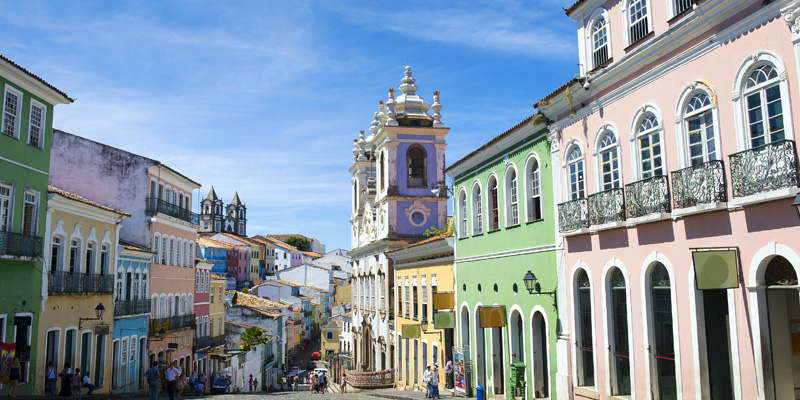
Brazil
Compared with Chile and Argentina, Brazil doesn’t come to the forefront when thinking about South American wine, but it is in fact the third-largest producer of wine on the continent. However, most of Brazil is actually unsuitable for grape growing; the climate is too hot and tropical, and most of the country’s vineyards are concentrated in the cooler, far-southern state of Rio Grande do Sul. Aspiring winemakers have faced this climate struggle for hundreds of years; Portuguese colonists tried to plant their native vines as far back as the 1500s, but they were unable to withstand Brazil’s intense humidity. Brazil now has over 1,100 wineries, but many of them produce bulk wine. Only since the 1990s has quality been improving, and even those wines rarely leave the country in favor of domestic consumption.
Within Rio Grande do Sul, the Serra Gaúcha region is the most promising and accounts for 90 percent of Brazil’s production. Here, high elevation and plentiful rainfall balance soaring temperatures. The drier Campanha region, along Uruguay’s border, also shows potential. Brazil does not have a signature grape and instead produces quite the array of grapes from around the world: Merlot, Chardonnay, Pinot Noir, Sauvignon Blanc, Syrah, Gamay, Tempranillo, and Touriga Nacional are a few of them. Cooler regions also show potential for sparkling wines. As more Brazilian wineries choose to focus on quality over quantity and export these wines outside the country, wine shelves in the U.S. may see Brazil appearing more alongside its South American cohorts.
Uruguay
Unlike its neighbors Argentina and Brazil, Uruguay is a small coastal country, just shy of the size of New England. While it hosts about 300 wineries, only about 40 are making export-quality wines, and only 3 percent of the country’s annual production is exported. Most of Uruguay’s wine regions are located in the south close to the coast, where the climate is more maritime and relatively cool.
Despite Uruguay’s size, it may be easier for American wine drinkers to find a wine from Uruguay than one from the much larger Brazil, partially because Uruguay does have a signature grape: Tannat. As Carmenere is to Chile and Malbec is to Argentina, Tannat is to Uruguay, comprising half the country’s production. Originally from Madiran in southwest France, as well as in Basque Country, Tannat is a dark, full-bodied, tannic grape that can actually be quite harsh on first sip. However, Uruguay’s warmer climate and more plentiful sunshine contribute to riper fruit flavors and softer tannins, making the wines a bit more approachable with a combination of fruit, spice, and earth. Bordeaux varieties are also planted, and whites are often made from Sauvignon Blanc, Chardonnay, and Viognier.

